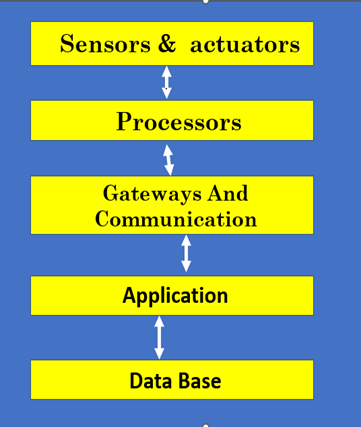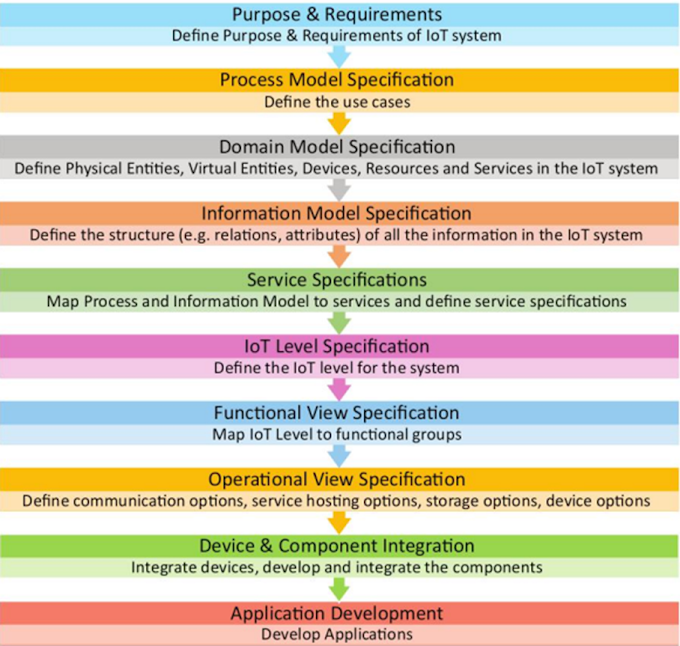Case Study of Infrastructure as a Service (IaaS) Using Amazon EC2
Objective
To illustrate the application of Amazon Elastic Compute
Cloud (EC2) as an Infrastructure as a Service (IaaS) solution through a case
study, highlighting its features, implementation, benefits, and challenges,
with a focus on eliminating redundant points.
Case Study: Scaling GlobeMart Retail with Amazon EC2
Organization
GlobeMart Retail, a mid-sized e-commerce company, operates
an online platform with a significant on-premises data center. The company
serves a global customer base and experiences seasonal traffic spikes during
events like Black Friday and Diwali.
Challenges
- Performance
Issues: On-premises servers struggled with traffic spikes, leading to
slow performance and lost sales.
- High
Costs: Significant expenses for hardware maintenance, power, cooling,
and data center space.
- Slow
Scalability: Provisioning new servers took weeks, hindering
responsiveness to demand.
- Disaster
Recovery: Limited and costly disaster recovery (DR) capabilities.
- Global
Expansion: Setting up infrastructure in new regions was complex and
time-consuming.
Amazon EC2 as IaaS
GlobeMart Retail migrated its e-commerce platform to Amazon
EC2, leveraging AWS’s IaaS model to rent virtual servers (instances) while
maintaining control over operating systems, middleware, and applications. EC2
was chosen for its scalability, pay-as-you-go pricing, and global
infrastructure.
Implementation Process
- Requirement
Analysis:
- Identified
needs for web servers, application servers, and self-managed databases.
- Anticipated
traffic patterns, especially during peak sales events.
- Instance
Selection:
- Deployed
General Purpose (m5, m6g) instances for web and application tiers.
- Used
Memory Optimized (r5, r6g) instances with high-performance EBS volumes
for databases (PostgreSQL).
- Deployment:
- Created
custom Amazon Machine Images (AMIs) with Linux and pre-configured
software (e.g., Apache, Node.js) for rapid deployment.
- Configured
an Elastic Load Balancer (ELB) to distribute traffic across EC2
instances.
- Set
up Auto Scaling Groups to adjust instance counts based on CPU utilization
(>70%) or network traffic.
- Storage:
- Used
Amazon Elastic Block Store (EBS) for persistent storage of databases and
application data, with snapshots for backups.
- Stored
static assets (e.g., product images, CSS) in Amazon S3 for efficient
content delivery.
- Networking
and Security:
- Deployed
EC2 instances in an Amazon Virtual Private Cloud (VPC) with public and
private subnets for isolation.
- Configured
Security Groups to allow HTTP (port 80), HTTPS (port 443), and SSH (port
22) traffic only.
- Used
AWS Identity and Access Management (IAM) for access control.
- Monitoring
and Management:
- Monitored
performance with Amazon CloudWatch, setting alarms for CPU usage and
latency.
- Automated
patching and updates using AWS Systems Manager.
- Used
AWS CloudFormation to provision infrastructure as code for consistency.
- Cost
Optimization:
- Combined
On-Demand Instances for flexibility, Savings Plans for steady workloads,
and Spot Instances for non-critical batch processing.
- Data
Migration:
- Migrated
data using AWS DataSync and native database replication tools.
- Conducted
load testing to ensure performance before going live.
Dependencies
- Database
Dependencies:
- Functional
Dependencies: In the database (self-managed on EC2), ensured data
integrity (e.g., OrderID → CustomerID, ProductID, OrderDate) for
consistent order processing.
- Inclusion
Dependencies: Enforced referential integrity (e.g., Orders.CustomerID
⊆
Customers.CustomerID) to prevent orphaned records.
- Service-Level
Dependencies:
- EC2
relies on ELB for traffic distribution, EBS/S3 for storage, CloudWatch
for monitoring, and VPC for network security, ensuring a cohesive system.
Results and Benefits
- Scalability:
Handled 500% traffic spikes during peak seasons without downtime, thanks
to Auto Scaling and ELB.
- Cost
Efficiency: Reduced IT costs by 40% by eliminating data center
expenses and using pay-as-you-go pricing.
- Agility:
Provisioned new servers in minutes, compared to weeks on-premises.
- Reliability:
Achieved high availability through multi-AZ deployments and robust DR
using EBS snapshots and S3 in another region.
- Global
Reach: Launched in two new countries within three months by deploying
EC2 instances in local AWS regions.
- Control:
Retained flexibility over OS and application configurations, easing
migration of legacy systems.
Challenges
- Complexity:
Managing EC2, ELB, Auto Scaling, and VPC requires technical expertise.
- Cost
Management: Risk of cost escalation without proper monitoring of
instance usage.
- Vendor
Lock-In: Heavy reliance on AWS services may limit future flexibility.
- Learning
Curve: Configuring AMIs, Security Groups, and scaling policies demands
initial training.
Key EC2 Features
- Scalability:
Auto Scaling adjusts resources dynamically.
- Flexibility:
Multiple instance types (e.g., m5, r5) and OS options (Linux, Windows).
- Cost-Effectiveness:
Pay-as-you-go, Spot Instances, and Savings Plans.
- High
Availability: Multi-AZ deployments for fault tolerance.
- Security:
Security Groups, VPC, and IAM for robust access control.
- Integration:
Seamless connectivity with S3, EBS, CloudWatch, and ELB.
===============================================================



0 Comments